
9 Proven Employee Engagement Strategies: The Missing Piece to Your Operational Success Puzzle
The employee engagement strategy is what orchestrates the overall workplace productivity, collaboration, and employee experience. Clearly, in the competitive marketplace where talent is both prized and transient, the concept of employee engagement has emerged as the savior for modern organizations.
According to Gallup’s State of the Global Workplace: 2023 Report, the worldwide cost of disengaged workforces is $8.8 trillion. Surprisingly, the figure is equal to 9% of global GDP.
High turnover rates, declining productivity, employee burnout, lack of innovation, and decreased ROI are some of the core challenges faced by organizations due to changing workplace dynamics. Why is it that having an employee engagement strategy is so crucial for organizations? Is an intranet a critical factor in driving the success of an employee engagement strategy?
To begin, let’s understand the concept of employee engagement.
Employee engagement measures the extent to which employees are connected to their workplace, coworkers, and the organization’s mission and objectives. It consists of both the emotional and intellectual connection that persuades employees to come up with their hundred percent. Simply put, employee engagement is like putting together a puzzle where each piece has its value and represents its own aspects yet is inclined towards achieving a common goal.
Despite knowing the importance of an employee engagement strategy, organizations struggle to fully leverage its potential. Let’s uncover some of the best strategies for employee engagement and discover the role of a modern intranet in creating a super-engaged workforce.

9 Winning Employee Engagement Strategies
1. The role of employee recognition in engagement
Gone are those days when financial incentives were the foremost drivers of employee retention and commitment. Modern workers seek appreciation, acknowledgment, and a sense of belonging within the workplace. And for this, a modern intranet can be game-changing; a centralized platform accessible to employees is the best place for recognizing employees.
Simply appreciating their hard work, wishing them birthdays and work anniversaries, celebrating milestones and achievements, and allowing coworkers to send personalized wishes can help create a connected and engaged workforce. Certainly, once appreciated for their work, employees are more likely to continue showing positive behavior, significantly reducing absenteeism, disengagement, and turnover.
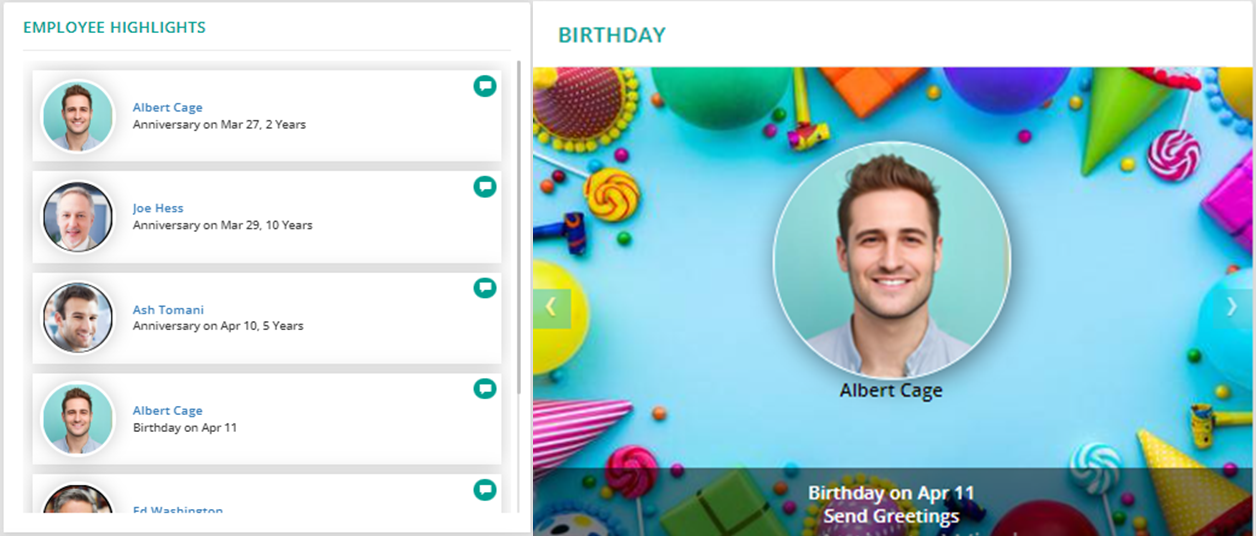
2. Outlining a smoother onboarding plan
According to Glassdoor research, there is a significant 82% increase in employee retention in organizations with a well-structured and optimized onboarding process. A streamlined onboarding aligns employees with the organizational goals, culture, and practices, setting the tone for their entire experience within the organization.
An intranet, while automating standard forms, helps organizations to centralize key onboarding documents, resources, and more in one place. It helps new hires understand their role better and deliver what is expected. Furthermore, displaying a welcome message on the portal, easily accessible coworker details, and integrated workplace collaboration tools are key practices that can be considered while preparing a robust strategy for employee engagement.

3. Streamlining internal communication
The efficient flow of information within the organizational boundaries fosters healthier employee-leader and employee-employee relationships. Facilitating open and simple communication channels where employees can communicate with their coworkers, access key company news and announcements, and share information and ideas contributes to a higher level of engagement.
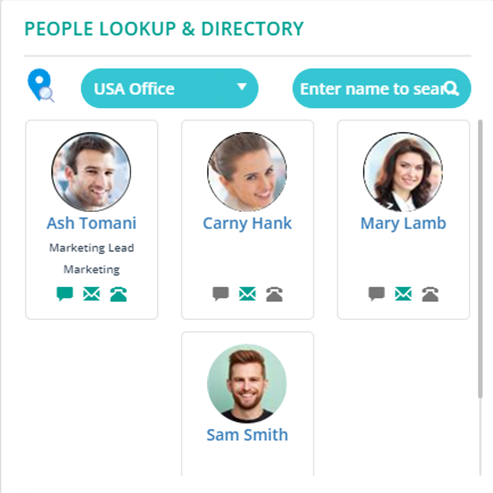
To create a better strategy for engagement, it becomes crucial for organizations to manage employee directories, making it easier for employees to locate and connect with their teams. It helps bridge communication gaps arising out of complex organizational hierarchies. Furthermore, leveraging a digital platform integrated with robust communication tools like Teams, discussion forums, Outlook, and more streamlines internal communication and eventually breaks down silos, builds trust, and fosters transparency.
4. Enhancing engagement through feedback-driven culture
When employees feel acknowledged, they are more likely to feel empowered to deliver the best of their abilities. Indeed, feedback serves as an opportunity to informally recognize employees and establish a culture of open communication, encouraging different perspectives, ideas, and opinions to propel collective advancements.
Leveraging the feedback feature in the SharePoint environment allows organizations to collect regular feedback and suggestions, helping them understand the experiences, challenges, and preferences of their employees. Certainly, it’s up to employees whether to share feedback publicly or keep it confidential. This interactive feedback mechanism empowering employees’ voices can be the X-factor in a winning employee engagement strategy.
5. Leveraging surveys to drive organizational engagement
Organizations must identify drivers of engagement and explore every possible method to achieve this. One such method is conducting regular surveys. Employee surveys are the best means of collecting information and feedback while offering employees a central role in crucial decision-making.
Creating a survey, let’s say, to gather employees’ perspectives on proposed changes within the organization. This can help uncover areas where the strategy is lacking. You can add a scale of 1-5 or create a short questionnaire and ask them to provide additional comments regarding the proposed changes. Employee engagement surveys empower employees by giving them a platform to shape their work environment. Also, it helps organizations to proactively pinpoint obstacles, improve communication, and create strategies tailored to the needs of their workforces.
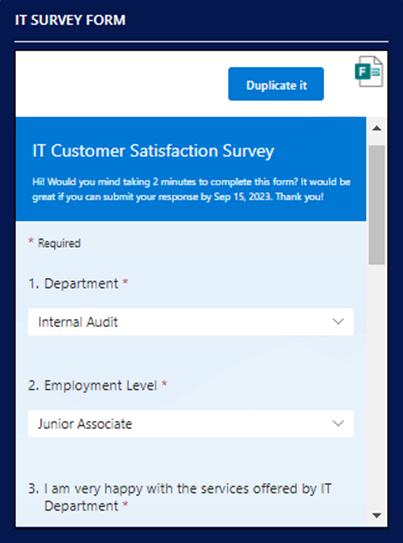
6. The impact of employee learning on engagement
Creating adequate learning and development opportunities for employees can be a significant step in preparing a foolproof strategy for employee engagement. Learned employees are more confident, adaptable to changes, and more likely to become an asset to the organization.
Creating a centralized knowledge base with FAQs, training resources, and standard documents like manuals, guidelines, and knowledge articles enables employees to accumulate the required skills and quickly find solutions to their problems. This, in turn, increases their sense of autonomy and engagement with their work. Also, collaborative learning methods like Ask an expert fosters peer learning, boost knowledge sharing, and strengthens relationships among employees.

7. Choosing the right employee engagement platform
Employee engagement being a broader term not only includes the interaction of employees with their coworkers but also the way they interact with the workplace technology. So, choosing the right digital workplace tool finds a key spot while preparing a successful employee engagement strategy.
Indeed, to perform well employees need a user-friendly interface that facilitates easy site navigation, allows faster access to resources, and provides tools for uninterrupted communication and collaboration. Modern SharePoint intranet, while allowing teams to collaborate on projects, tasks, and documents, it also offers various features like event tracking, quick links, and more, promoting workplace productivity and engagement.
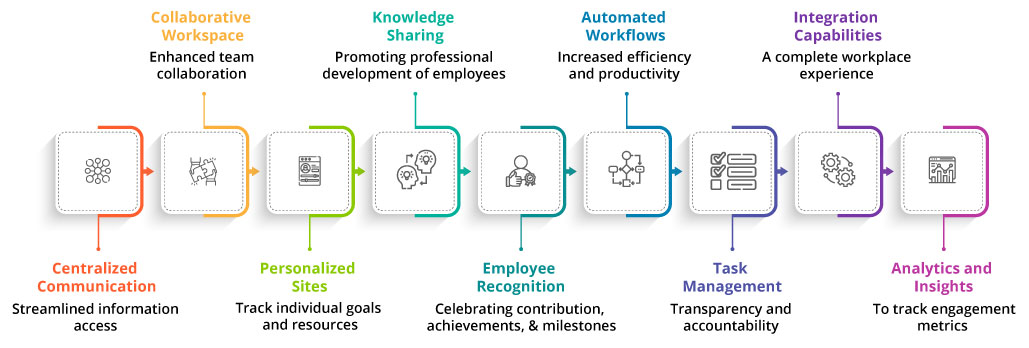
8. Putting task management at the forefront of engagement
Creating, assigning, and tracking smaller tasks effectively helps organizations align their employees with the broader organizational goals. Indeed, accomplishing tasks on time not only reduces workplace stress but also generates a sense of purpose and commitment in employees, leading to higher levels of engagement.
Employee experience intranet enables teams and employees to effectively create, assign, prioritize, and track tasks, for enhanced efficiency and improved transparency within the organization. Furthermore, incorporating modern task management practices like Kanban board and Gantt charts, allowing for visualization and timeline assessment task progress and dependencies can amplify the impact of your employee engagement strategies.
9. Empowering employees with personalized workspaces
Creating a personalized workspace for employees is yet another strategy for employee engagement. A dedicated workspace helps employees track individual goals, access resources, and track events, fostering a sense of responsibility and autonomy required to understand and perform their role in overall organizational success.
Using intranet as the preferred workplace technology is the optimal approach to implementing this concept within organizational settings. With the liberty to create different sites for projects, departments, and more, organizations can also create personalized sites for employees to access resources tailored to their preferences, roles, and responsibilities.
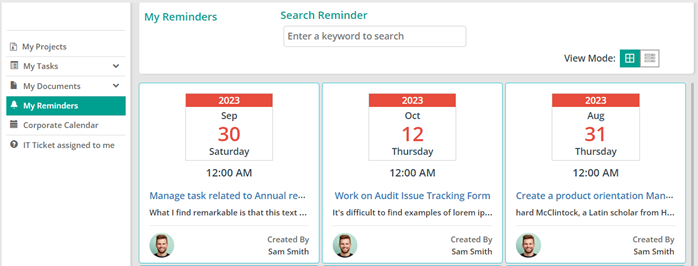
BizPortals 365 Intranet to Complete Your Employee Engagement Strategy
Engagement is not a static characteristic, nor is it a tangible object. One cannot compel employees to get engaged. Instead, it is an experience offered by the organization that creates an engaged workforce.
At times when organizations are striving to outperform the competition, leveraging digital workplace technologies to support employee engagement strategy becomes imperative. BizPortals 365, a SharePoint-based intranet, is a one-stop solution for those looking forward to outlining a foolproof strategy for employee engagement.
The cloud-based infrastructure offered by BizPortals 365 helps users effectively manage their documents, projects, tasks, and teams in one place. The added Microsoft 365 integration comes with a range of productivity applications that offer employees a familiar workplace experience. Making it easy for employees to collaborate and communicate with coworkers, it also offers features like task tracking, quick links, discussion forums, automated workflows, and co-authoring that directly impact the productivity and engagement levels of the employees.
